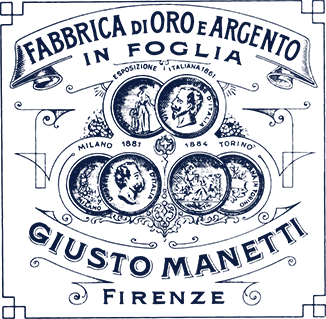Alcohol-based size is used to gild the surfaces of items with no porosity (such as glass, plastic and metal), and which will go indoors. It is particularly suitable for:
• Glass items
• Plastic items
• Wrought iron bed frames and metal items
• Furniture accessories
Use alcohol-based size to apply both pure gold and silver, loose or transfer leaf. In the latter case, using a sheet of tissue paper will facilitate grip and application, speeding up and simplifying the gilding process.
For imitation leaf gilding you will find more information here.




